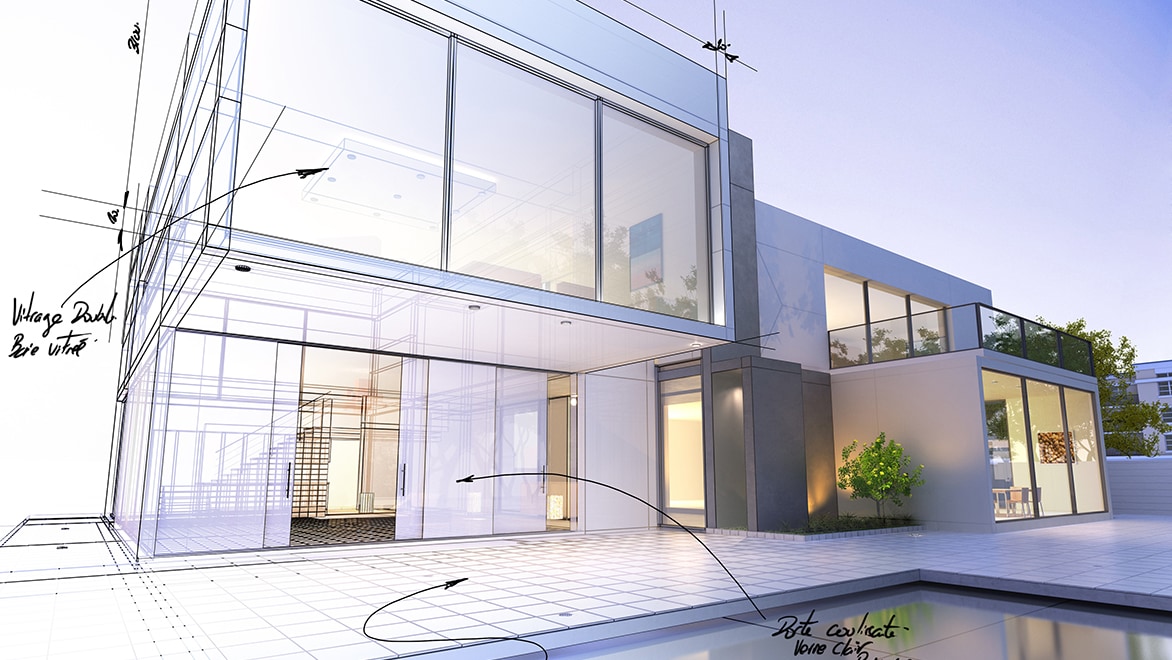Why CDA Architects Are Leaders in Architectural Style and Advancement
Wiki Article
The Important Role of a Designer in Shaping Lasting Urban Environments for Future Generations
The function of a designer in crafting sustainable metropolitan atmospheres is increasingly essential in reacting to the difficulties of climate adjustment and urbanization. By flawlessly integrating ecological concepts into their styles, designers not just improve the visual and functional high quality of city rooms yet additionally address pressing issues such as power effectiveness and social equity.Understanding Lasting Urban Layout
Lasting city layout integrates eco-friendly concepts with metropolitan preparation to produce settings that are not only comfortable but likewise resistant. This approach emphasizes the value of including all-natural systems right into the urban textile, ensuring that development satisfies the needs of the present without compromising the capacity of future generations to satisfy their own requirements. Crucial element of sustainable city design consist of effective land use, the promo of biodiversity, and the integration of green areas, all of which add to boosted lifestyle for homeowners.Furthermore, lasting urban design prioritizes the decrease of the city heat island result, enhanced air quality, and reliable stormwater monitoring. It urges the usage of sustainable sources and energy-efficient building techniques, which considerably lower carbon footprints. Lasting urban design cultivates social equity by developing obtainable public areas and advertising mixed-use developments that cater to varied populations.
Through thoughtful planning and ingenious style techniques, lasting urban atmospheres can enhance community durability versus climate change while fostering economic development. This alternative strategy not only addresses instant urban challenges however also prepares for healthier, a lot more lasting cities for generations to find.
Trick Responsibilities of Designers
Engineers play a crucial duty in shaping sustainable urban environments by converting layout principles right into substantial frameworks and areas. Their obligations include a large range of tasks that add to the overall success of urban style tasks.Primarily, designers perform extensive website evaluations to comprehend the ecological, social, and social context of their jobs. This foundational expertise informs their layout decisions, ensuring that structures integrate with their environments. They additionally engage in collaborative processes with stakeholders, including city planners, engineers, and the neighborhood, fostering an inclusive method to city development.
In addition, engineers are entrusted with creating layouts that enhance power efficiency, source preservation, and functionality. They should abide by local zoning legislations, building codes, and sustainability qualifications, guaranteeing compliance while pressing the borders of innovation.

Cutting-edge Materials and Techniques
In the pursuit of environmentally responsible design, innovative products and techniques have arised as critical aspects in the production of lasting metropolitan settings. Architects are significantly using products that decrease ecological impact while enhancing energy performance. As an example, recycled materials, such as reclaimed timber and repurposed metals, not just lower waste however additionally add one-of-a-kind aesthetic qualities to structures.In addition, advancements in innovation have actually brought about the advancement of high-performance products, such as insulated concrete types (ICFs) and solar glass, which contribute to energy preservation and harness renewable resource. Strategies such as passive solar layout and eco-friendly roofing systems further exhibit exactly find this how design can balance with natural systems, reducing dependence on artificial heating & cooling.
Additionally, the assimilation of wise products, which adapt to environmental modifications, uses appealing methods for enhancing structure efficiency - cda architects. These materials can react to temperature changes or moisture levels, optimizing comfort and sustainability
Ultimately, the strategic option and application of cutting-edge materials and strategies empower designers to develop urban spaces that are not just practical and aesthetically pleasing however likewise resilient and eco accountable, making certain a sustainable future for generations to come.
Neighborhood Interaction and Collaboration
The success of ingenious materials and methods in sustainable city architecture is considerably boosted by energetic community interaction and partnership. Engineers must identify that the built environment exceptionally impacts the lives of local homeowners, making it important to entail them in the layout process. Engaging the area cultivates a sense of possession and liability, making sure that growths not just fulfill visual and practical needs however also show the worths and ambitions of those that occupy them.
Successful community involvement also assists in prioritizing social equity within city growth. By taking into consideration the voices of marginalized populaces, engineers can create spaces that are comprehensive and equitable. This way, community involvement and partnership come to be indispensable to achieving truly sustainable urban settings that serve the requirements of present and future generations.
Future Fads in Lasting Style

Furthermore, advancements in technology are forming future fads in sustainable design. The assimilation of smart products and building systems enables for real-time power monitoring, enhancing efficiency and reducing carbon impacts. Developments such as environment-friendly roofs, living walls, and energy-generating exteriors are becoming common practices, additionally advertising ecological equilibrium within urban atmospheres.
In addition, a shift in the direction of biophilic layout is getting grip, highlighting the link in between nature and human well-being. By incorporating all-natural aspects, designers develop areas that cultivate mental health and wellness while promoting biodiversity.
Conclusion
In final thought, engineers are pivotal beforehand sustainable metropolitan atmospheres via their competence in style, cutting-edge products, and area involvement. By focusing on power efficiency and resource conservation, these professionals add to the creation of durable urban areas that satisfy the requirements of present and future generations - cda architects. The combination of environmental principles not just enhances livability but also fosters social equity, ensuring developments resonate with the worths and desires of the areas they offerReport this wiki page